10 Mistakes to Avoid When Composting in Cooler Weather
Composting during colder months can be tricky, but with the right approach, you can keep your pile working efficiently all year long. As temperatures drop, it’s essential to adjust your composting methods to maintain heat, moisture, and airflow. By avoiding common mistakes, you can ensure that your compost continues to break down properly, providing valuable nutrient-rich material for your garden.
This post may contain affiliate links, which helps keep this content free. Please read our disclosure for more info.
Failing to Retain Heat in the Pile
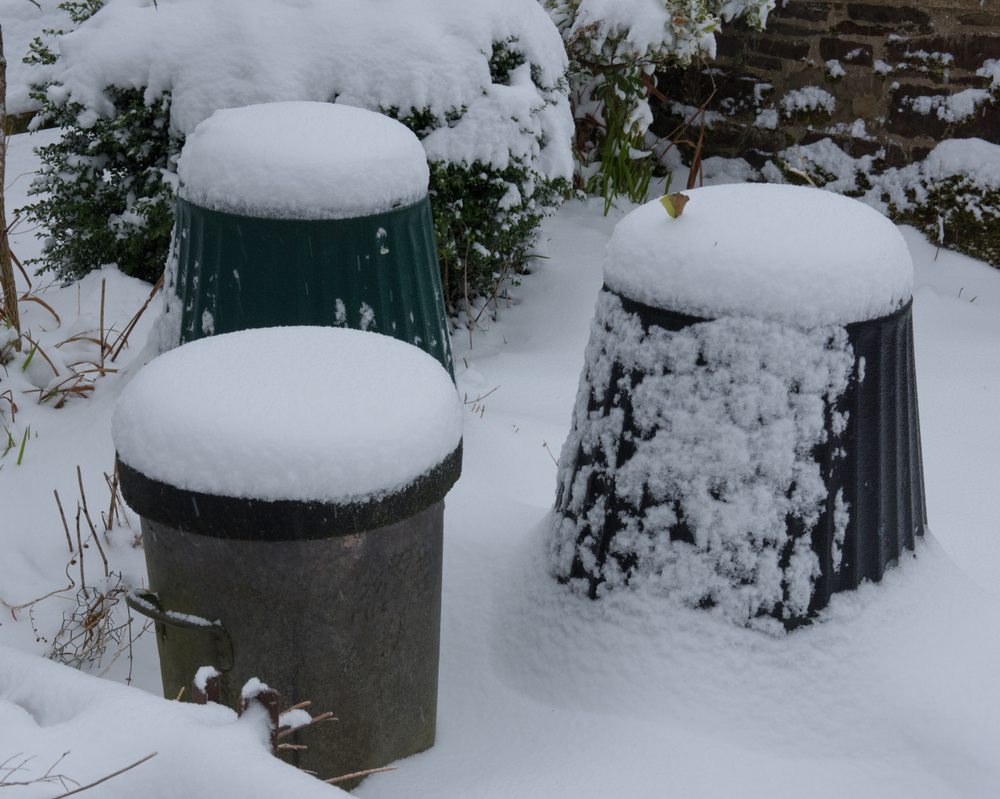
In cooler weather, the temperature of your compost pile can drop significantly, which slows down the breakdown of organic matter. Microbial activity, which is crucial for decomposition, thrives in warmth, so keeping your pile insulated is vital. Without proper insulation, your compost pile may stagnate, leading to a slow process or even stopping altogether. A good way to prevent this is by placing the pile in a sheltered spot away from wind or using compost bins with thicker walls to trap heat more efficiently. Adding a layer of straw, hay, or even old blankets on top of the pile can also help lock in warmth and create a stable environment for decomposition.
Another useful trick is covering the compost pile with a tarp or a layer of black plastic. This will not only help with insulation but can also absorb heat from the sun during the day, maintaining a warmer temperature throughout the night. If you live in an area with freezing temperatures, you may want to invest in a compost thermometer to monitor the internal temperature of the pile. Keeping it between 130°F to 160°F will ensure that the decomposition process continues at a healthy pace. Insulating your compost pile will make a significant difference in maintaining microbial activity, preventing the pile from becoming too cold to break down effectively.
Overwatering the Pile
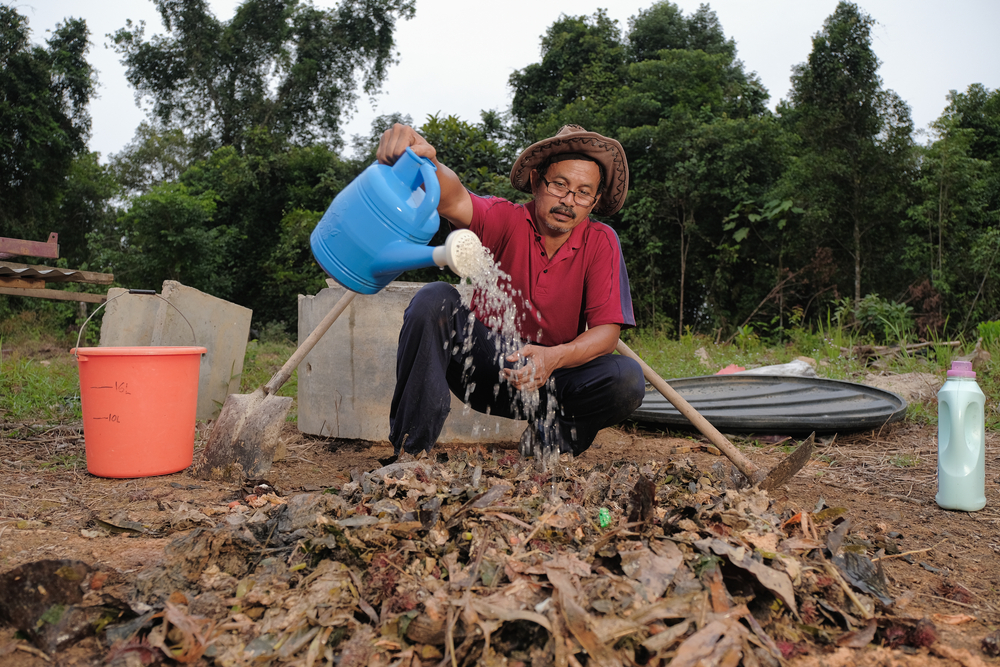
Water is essential for composting, but in cooler weather, it’s easy to overdo it. When the temperature drops, moisture evaporates more slowly, and your compost pile can become waterlogged, making it anaerobic. An anaerobic compost pile lacks sufficient oxygen, causing foul smells and slow decomposition. Overwatering also creates an environment where the pile becomes slimy and mushy, which makes it harder for microbes to break down the materials. As a result, the composting process may stall, and you may end up with a soggy, smelly mess instead of rich, usable compost.
To avoid overwatering, you should monitor the moisture level regularly. The compost pile should be kept moist, not soaking wet. It should feel like a damp sponge when you squeeze it, with no water dripping out. If you notice the pile is too wet, add dry materials like leaves, straw, or shredded cardboard to absorb the excess moisture. During cooler months, you might also want to reduce the amount of green materials, like food scraps, that add more moisture. Adjusting your watering schedule and adding dry materials will help maintain the right moisture balance and ensure that your compost continues to decompose properly.
Not Achieving the Right Green-to-Brown Ratio
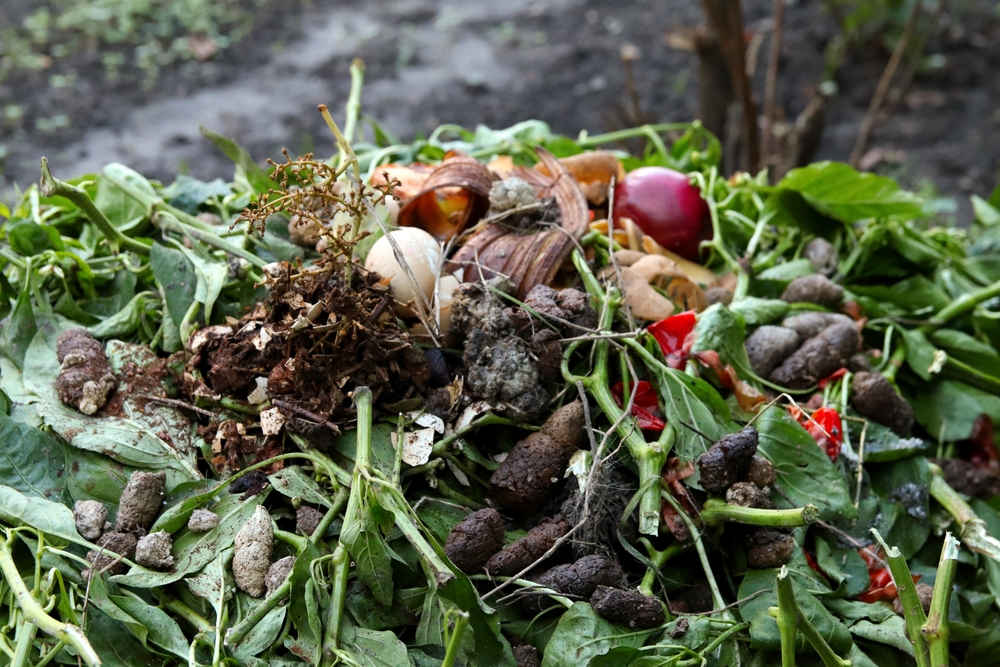
The green-to-brown ratio is one of the most important aspects of successful composting. Green materials, such as grass clippings and food scraps, provide nitrogen, while brown materials, such as leaves and straw, provide carbon. In cooler weather, it can be more difficult to balance these two types of materials because green materials may be scarce, while brown materials, like leaves, are more abundant. If your compost pile has too many browns, it may decompose very slowly, while too many greens can result in a wet, smelly pile. Finding the right balance is crucial for maintaining healthy microbial activity and speeding up the composting process.
Aim for a ratio of about two parts brown materials to one part green materials. During colder months, try to save your kitchen scraps, coffee grounds, and other green materials so you can maintain this balance even if outdoor green materials are not as readily available. If you find yourself short on greens, you can substitute with high-nitrogen materials such as seaweed, alfalfa hay, or even some types of manure. On the other hand, if you have too many greens and your pile becomes too wet, add more carbon-rich brown materials, such as shredded leaves or newspaper, to absorb the excess moisture. Properly balancing the green-to-brown ratio will keep the composting process moving forward efficiently.
Neglecting to Turn the Pile Regularly

Turning the compost pile is a critical step in the decomposition process, particularly during cooler weather. In cold temperatures, microbial activity slows down, and the compost pile may become compacted. Turning the pile helps aerate it, promoting better oxygen flow and enabling the microbes to break down organic material more efficiently. Without turning, the compost can become too dense, which leads to slower decomposition and a higher likelihood of unpleasant odors. In winter, it’s easy to overlook this step, but it is even more important to do it regularly to ensure that your compost doesn’t become stagnant.
Turning your pile every few weeks, or at least once a month, can prevent it from becoming too dense and help keep the decomposition process on track. You can use a pitchfork or compost aerator to turn the pile, mixing the materials and exposing them to fresh air. If your pile seems to be taking longer than usual to decompose, try turning it more frequently to increase the oxygen levels. However, be cautious not to turn it too much in extremely cold weather, as this can disturb the microbial community. A properly aerated compost pile will break down much faster, even during cooler months, and produce rich compost that can be used to fertilize your garden in the spring.
Ignoring the Impact of Freezing Temperatures
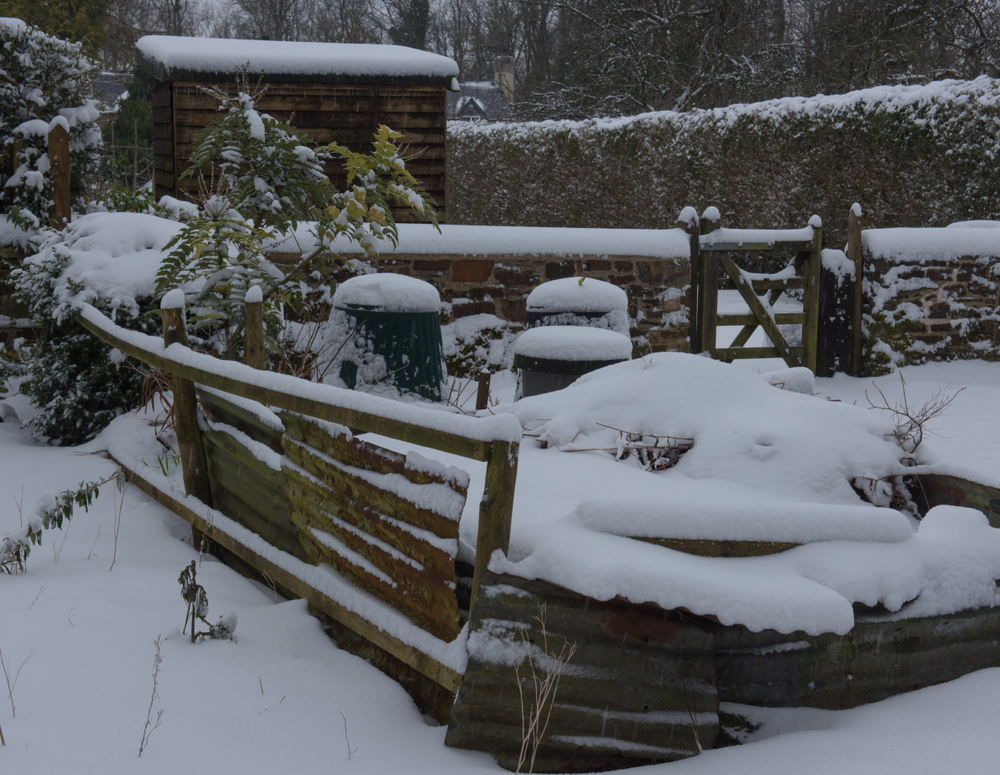
Freezing temperatures can halt the composting process entirely. When the compost pile freezes, microbial activity slows or stops, and the decomposition process comes to a standstill. To avoid this issue, it’s essential to keep your compost pile insulated and protected from extreme cold. One effective way is to make your pile larger, as a larger volume of organic material generates more heat, helping to protect it from freezing. You can also use a compost bin with a tight lid or cover the pile with blankets or tarps to trap heat inside.
If you live in an area where temperatures regularly dip below freezing, consider composting indoors or using a heated composting system. A compost bin with built-in heat or a composting unit designed for cold weather can help prevent freezing and keep the decomposition process going year-round. In extreme cases, composting may not be as effective during the dead of winter, but maintaining an insulated pile and ensuring it stays as warm as possible will help it stay active for longer. Even if the compost does freeze, it will start up again when temperatures warm, especially if you’ve followed these precautionary measures.
Not Having Enough Airflow

A lack of airflow can be detrimental to your compost pile, especially in cooler weather when microbial activity already slows down. In an oxygen-deprived pile, anaerobic bacteria dominate, which results in foul odors and a slower decomposition process. Proper airflow is essential for maintaining a healthy microbial community and ensuring that your compost pile breaks down quickly and efficiently. Without proper aeration, even the right moisture and temperature levels won’t be enough to promote decomposition.
To maintain airflow, make sure your compost pile is loosely structured. If you’re composting in a bin, use one with ventilation holes or slats to allow air to circulate. You can also use a compost aerator to mix and fluff the materials, making sure the air has access to all parts of the pile. If your pile is too compacted, it will become difficult for air to reach the materials, so be sure to turn and fluff it regularly, especially in colder weather when the materials tend to compress more easily.
Adding Large, Untreated Materials
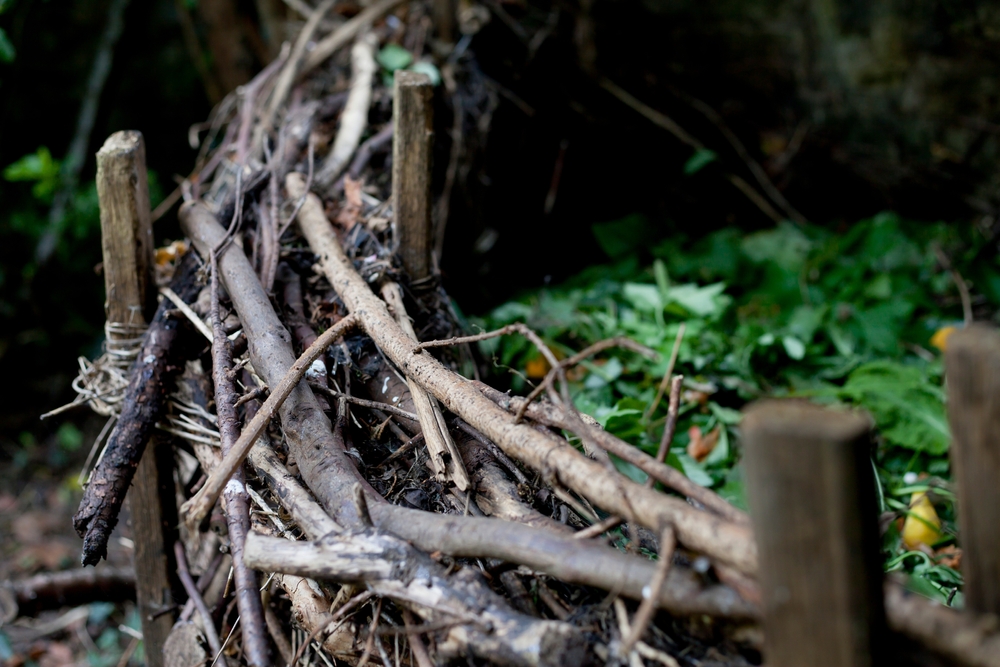
During cooler weather, it’s tempting to add larger items like branches, twigs, or whole fruit scraps to the compost pile, thinking they will decompose over time. However, large items take much longer to break down, especially in colder weather. If you add them without properly treating them or chopping them into smaller pieces, they can disrupt the balance of your compost pile and slow down the overall decomposition process. Untreated large materials also risk causing uneven composting and can lead to the pile becoming too dry or difficult to aerate.
To prevent this issue, it is best to chop up larger materials into smaller pieces before adding them to the compost. This can include breaking down branches, cutting up larger vegetable scraps, or shredding leaves. This not only helps the materials decompose more quickly but also promotes better aeration and moisture retention throughout the pile. In cooler weather, smaller pieces decompose much faster, making it easier to maintain a balanced and efficient compost pile.
Composting the Wrong Materials
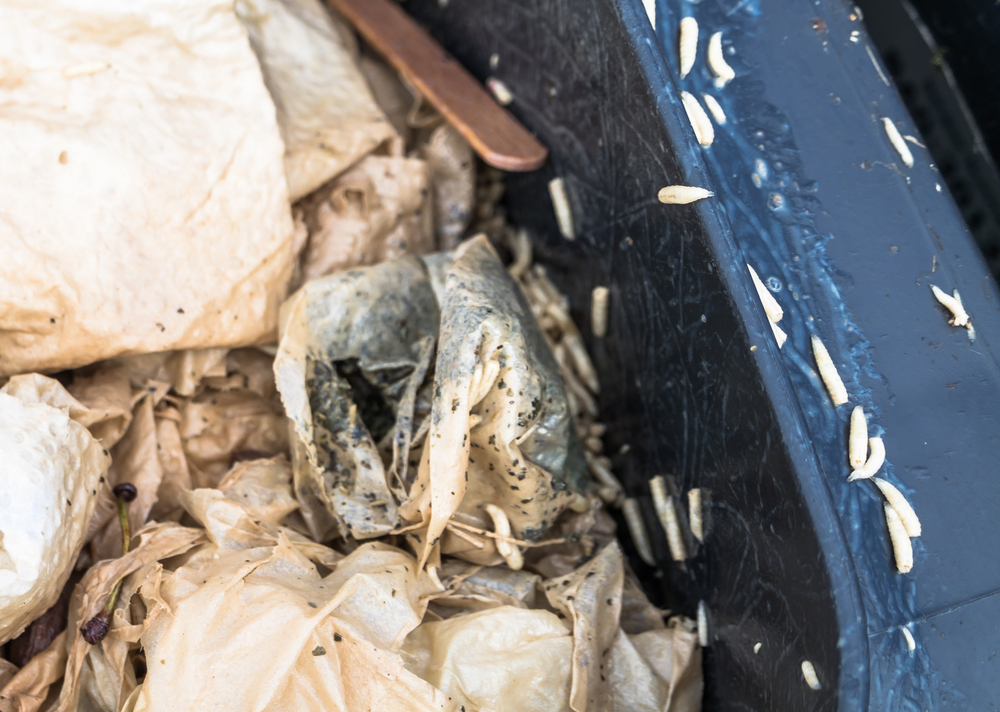
In colder months, many gardeners make the mistake of composting materials that are not suitable for the compost pile, thinking they will break down over time. Some materials, such as fatty foods, dairy products, and meat, can attract pests or cause odor problems. Additionally, materials like evergreen needles and pine cones can be too acidic and slow down decomposition. It’s crucial to avoid these materials to maintain a healthy, efficient compost pile, especially when the process naturally slows in cooler temperatures.
Instead, stick to composting materials that decompose quickly and safely, such as fruit and vegetable scraps, coffee grounds, eggshells, and dry leaves. If you have any doubts about what can be composted, consult a composting guide or local expert. Properly selecting your compost materials ensures a healthier pile and faster decomposition, even in cooler months. The right materials will break down into rich, dark compost that you can use to enrich your garden soil.
Not Monitoring the Temperature
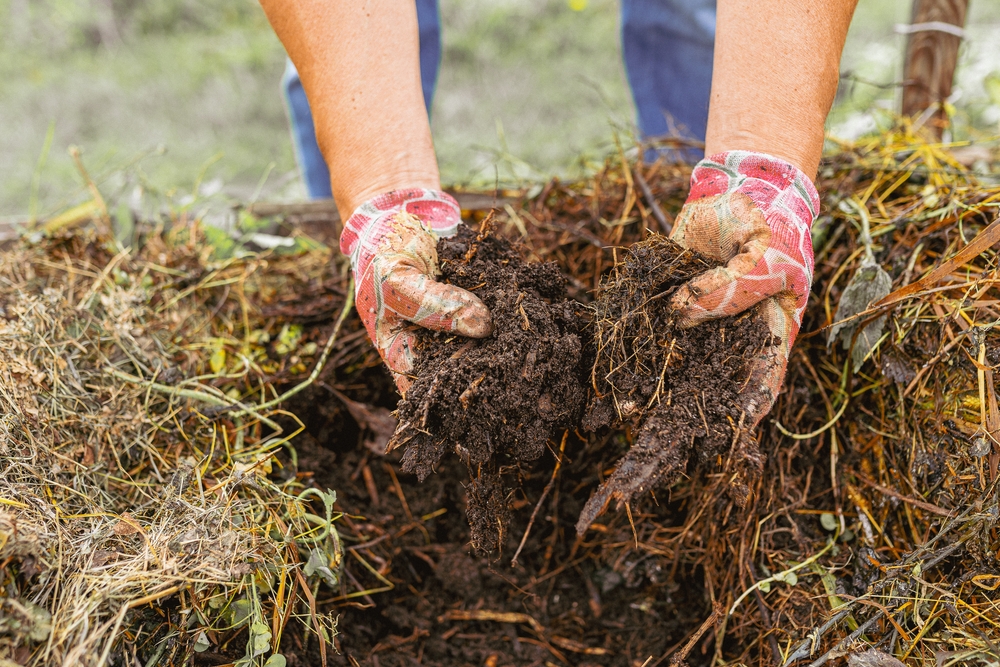
Composting is a biological process that is heavily reliant on temperature. In colder weather, keeping track of the temperature becomes even more important. If the compost pile drops too low in temperature, the microbes responsible for breaking down organic matter will stop working. A compost thermometer can be used to monitor the internal temperature of the pile, ensuring it stays in the optimal range of 130°F to 160°F. If the pile falls below this range, it may need more green material or aeration to kick-start microbial activity.
Make it a habit to check the temperature of your compost pile regularly, especially when the weather gets colder. If the pile is too cold, adding more green materials such as food scraps or coffee grounds can provide the necessary nitrogen boost to raise the temperature. You may also want to turn the pile to help aerate it and encourage microbial activity. Monitoring the temperature will allow you to adjust the pile as needed, ensuring that your composting process continues without interruption during cooler months.
Failing to Use a Compost Bin
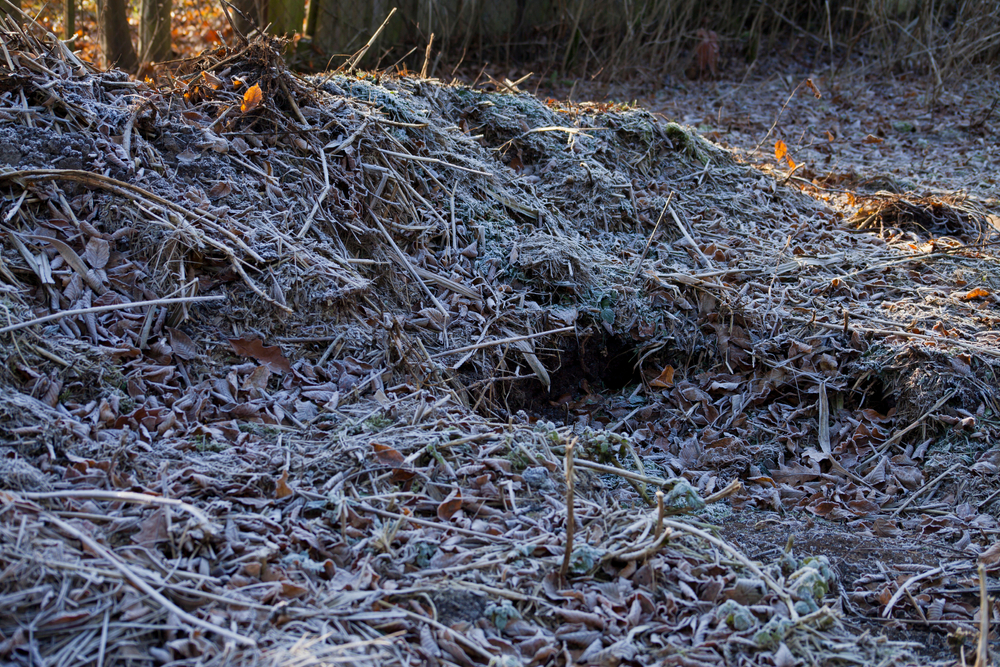
If you compost in an open pile during colder months, you’re more likely to face issues with freezing temperatures, pests, and uneven decomposition. Using a compost bin, especially one with a lid or insulation, can provide much-needed protection during the winter months. Bins help maintain a consistent temperature and prevent the pile from freezing, giving the microorganisms the ideal environment to continue their work. Additionally, compost bins keep the pile contained and prevent it from becoming too messy or difficult to manage.
Composting in a bin also makes it easier to monitor the pile and keep it aerated. If you don’t have a compost bin, you can easily make one using materials like wooden pallets or chicken wire. A bin can help protect your compost from environmental challenges and provide better control over the decomposition process. Investing in a compost bin is a simple solution that will make winter composting more successful and less frustrating.
This article originally appeared on Avocadu.
